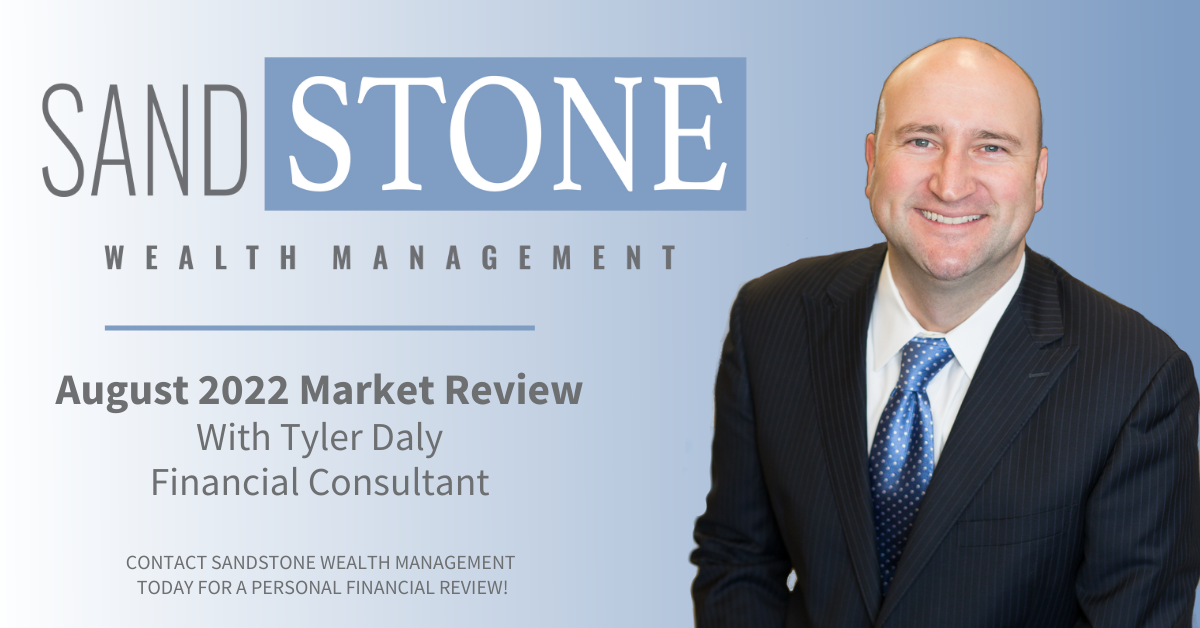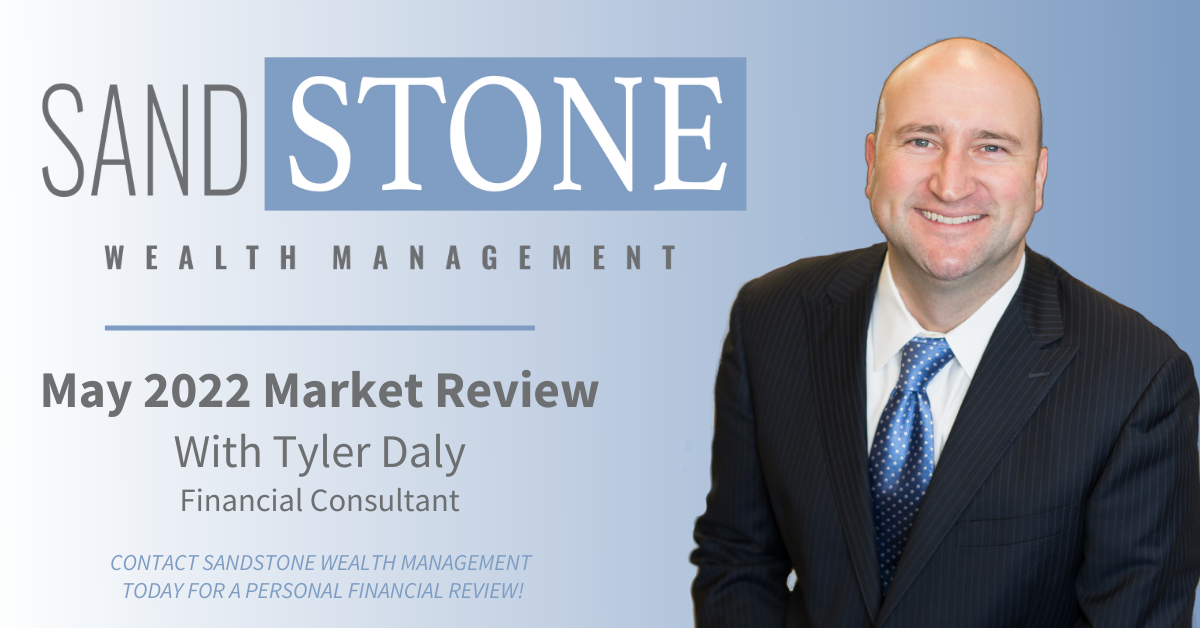
Despite a steady drumbeat of headlines about impeachment, trade and the impending U.S. presidential elections, the market mood remains generally positive. There was some headline volatility to trade talks over the past few weeks, however, China announced stricter compliance to intellectual property rights (a key sticking point to structural issues with the U.S.), which has discussions moving in the right direction, according to Joey Madere, senior portfolio strategist, Equity Portfolio & Technical Strategy.
Toward the end of November, the markets were trending positively despite all of the above, bringing some level of comfort to investors. Of course, these pressing issues can be expected to remain in the news, but it seems the market is pricing in progress on trade and not anticipating a jolt from impeachment or the election, suggests Raymond James’ Washington Policy Analyst Ed Mills. Although, he cautions, this could quickly change if the December 15 tariffs go into effect. He also anticipates some volatility as frontrunners emerge during the upcoming primaries and caucuses.
According to Chief Economist Scott Brown, monetary policy appears to be well-positioned to support economic growth, strong labor market conditions, and inflation near the Federal Reserve’s 2% goal. Fed Chairman Jerome Powell implied that short-term interest rates are on hold for the time being, with the usual caveat that the central bank would cut rates again “if the outlook changes materially.”
On the back of still solid domestic economic fundamentals (with muted risk of recession over the next 12 months), positive trade developments and a better-than-expected third-quarter earnings season, the S&P 500 posted its best November gain (3.63%) since 2009 and notched 11 record highs during the month, shares Chief Investment Officer Larry Adam. The positive performance was a continuation of the strong gains experienced throughout 2019, as the broad-market index is up more than 25% year to date, having notched 25 record highs since January.
The Dow Jones Industrial Average (3.72%), NASDAQ (4.50%) and the Russell 2000 Index (3.97%) also made positive strides during the month.
|
|
12/31/18 Close |
11/29/19 Close |
Change |
% Gain/Loss Year to Date |
|
|
DJIA |
23,327.46 |
28,051.41 |
+4,723.95 |
+20.25% |
|
|
NASDAQ |
6,635.28 |
8,665.47 |
+2,030.19 |
+30.60% |
|
|
S&P 500 |
2,506.85 |
3,140.98 |
+634.13 |
+25.30% |
|
|
MSCI EAFE |
1,719.94 |
1,974.47 |
+254.53 |
+14.80% |
|
|
Russell 2000 |
1,348.56 |
1,624.50 |
+275.94 |
+20.46% |
|
|
Bloomberg Barclays Aggregate Bond |
2,046.60 |
2,226.55 |
+179.95 |
+8.79% |
|
|
|
Performance reflects price returns as of market close on November 29, 2019 |
||||
Here is a look at some key factors we are watching, both here and abroad:
Economy
- Recent economic data reports have been mixed. Consumer sentiment remains high, but business confidence is weak, Brown notes.
- Consumer spending appears to be moderately strong, especially in comparison to the weak results of a year ago, supported by job gains and wage growth.
- Business fixed investment has been trending flat to somewhat lower. Soft global growth and trade tariffs remain key factors depressing business investment.
Equities
- Trade progress has at least contributed in part to improved manufacturing surveys globally over the past couple of months. Since August, interest rates have trended higher and the U.S. yield curve has steepened. This has led to rotation at the sector level from the interest-sensitive, defensive sectors toward the deep cyclical areas (i.e., banks, industrials, semiconductors). Madere believes this trend change generally has legs to it.
- Technical indicators monitored by Madere and his team signal the broad-market index has been “overbought” over the short term. While the market can stay overbought for long periods (indicative of a strong market), the S&P 500 is likely in need of a normal consolidation period to digest its recent gains before resuming higher, he notes.
- On the energy front, global coal-fired power generation is tracking to its steepest-ever decline in 2019 (3%), explained Pavel Molchanov, senior vice president of equity research. In the U.S., a combination of low-cost natural gas, wind and solar is resulting in coal plant retirements, predominantly for economic rather than regulatory reasons. In Europe, mandatory coal phase-out policies – in Germany, France, U.K., Italy and many smaller countries – are adding to the renewables boom. Most notably, coal is starting to lose ground in China and India, where it has historically comprised the bulk of the electricity mix, and where gas prices are above the levels of the U.S. and even Europe.
Fixed income
- Despite some intra-month volatility, yields on 10-year Treasuries are only a few basis points higher compared to last month’s close, notes Doug Drabik, managing director for fixed income research.
- Investment-grade spreads were relatively flat for the month, while high-yield spreads narrowed by 10 bps as demand for yield increased.
- Taxable municipal issuance remained strong, increasing as issuers are able to refinance tax-exempt issues with taxable issues as rates remain low enough for the math to work, Drabik explains.
International
- Besides the Greater China stock markets, which were impacted by continued political angst in Hong Kong, global markets beyond the U.S. generally experienced a positive month, despite a relatively lackluster corporate earnings season across Europe and Asia.
- Global markets seemed to be buoyed by hopes of progress among trade talks and continuing accommodative policies by many central banks around the world.
- International markets remain lightly valued compared to American alternatives and also tend to offer higher dividend yields, which could present some diversification scope for investors, reports European Strategist Chris Bailey.
Bottom line
- Favorable seasonality and the breakout to new highs are both historically indicative of above-average forward returns, Madere notes, and contribute to his positive stance toward equities.
- Temporary pullbacks offer an opportunity to selectively add to portfolios.
Please let me know if you have any questions about recent market events or how to position your long-term financial plan for the months ahead. I look forward to speaking with you.

Tyler has been in the financial services industry since 2004 and with Sandstone Wealth Management and Heartland Bank since 2009. He is Series 7, 66 and Insurance licensed to assist his clients with all their investing, financial planning, and insurance needs. Tyler was recently named to the Forbes List of America's Top Next-Generation Wealth Advisor, which recognizes advisors from national, regional, and independent firms. Tyler graduated from the University of Nebraska-Lincoln with a Bachelor’s Degree in Diversified Agriculture and was born and raised in the Nebraska Sandhills. This gives him an intimate knowledge and understanding of his farming and ranching clients. Tyler is married to Rachel, who earned her Doctorate of Pharmacy from the University of Nebraska. They have two children, Camilla and Cooper. Away from business, he enjoys officiating high school basketball in the winter as well as golfing and team roping in the summer.


.png)

.jpg)

.jpg)

.png)



